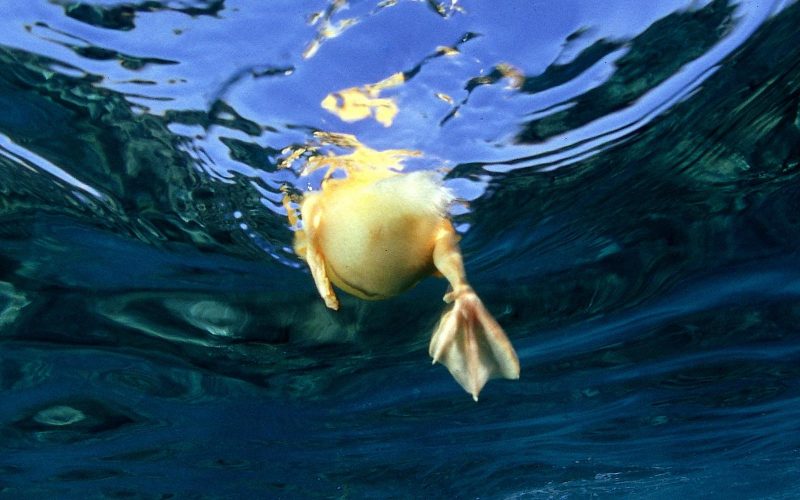
Have you ever felt that you’re working really hard just to stay in the same place? Like a duck swimming in a current. Above water you’re probably looking effortless and somewhat nonchalant. Underneath the water you’re paddling like your life depended on it.
I think many of us have been paddling really hard for the last two years so if you’re feeling exhausted it’s no wonder.
My dear, here we must run as fast as we can, just to stay in place. And if you wish to go anywhere you must run twice as fast as that.’ Lewis Carroll, Alice in Wonderland
What does innovation mean to you?
You might feel like you’ve been paddling really hard to stay still but you will have made progress. You’ve been forced to innovate. You’ve changed and adapted the way you live and work. And you need to continue to do so and avoid the fake security of returning to a mythical ‘new normal’ that is being talked about.
One of the challenges with innovation is that it can mean different things to different people. Some people think of innovation as big radical disruptive ideas, others consider that innovation is more about incremental changes or new product development. One client recently told me, ‘Innovation is one of our organisational values, but no one knows what it means.’
My view is that how you define innovation doesn’t matter as much as everyone having the same understanding of what innovation means in their organisation and how they go about delivering on it.
What road do we take?
“Alice asked the Cheshire Cat, who was sitting in a tree, “What road do I take?”
The cat asked, “Where do you want to go?”
“I don’t know,” Alice answered.
“Then,” said the cat, “it really doesn’t matter, does it?”
Lewis Carroll, Alice’s Adventures in Wonderland
In my experience, when it comes to innovation many organisations are not joined up about what it means or where they are going. Or in some instances some teams and departments are clear on where they are going but every destination is different so sometimes they end up padding against each other and staying still.
The end result is that we all feel like the Mad Hatter (not good) and our teams are exhausted from all the paddling.
What does success look like?
The first questions I ask when working with clients are, ‘Where do you want to go?’ ‘What does success look like?’ What is the problem that you are wanting to solve – for who and why?
These are basic questions, but the Alice in Wonderland quotes really chimed with me because often people and organisations don’t know where they’re going, or different departments have different ideas about what and where the final destination is.
“Curiouser and curiouser!” Lewis Carroll, Alice in Wonderland
It’s all very well for Alice. We can’t just disappear down a rabbit hole and eat cake and turn up again later and hope everything will be alright.
If anything in this blog resonates with you, and you’d like to succeed at innovation my advice is;
- Go back to basics. What is your core purpose? Stop doing anything that is not getting you closer to achieving your core purpose.
- Stop paddling. Take time to think about where you are going. This is really difficult, you might drift backwards briefly, but it will make for better results in the medium to long-term.
- Define innovation. Involve your team, work with them to agree what successful innovation looks like. Decide how you’ll measure that.
- Once you’ve defined innovation, (maybe it’s one of your organisational values!) communicate exactly what it means to everyone. Help people understand what they need to do to play their part.
- Check with your management team that you’re not all paddling in conflicting directions. And if you are – stand still. Regroup. Work through the difficulties. Start off again in the same direction
And if you’d like any help to develop your thinking about what you mean by innovation and your strategy to achieve success then drop me a line at lucy@lucidity.org.uk.
